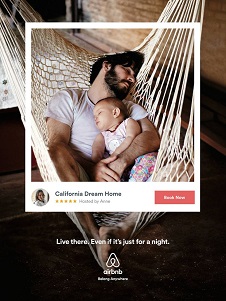Navigating a Strange Real Estate Landscape: Use These Psychological Insights to Attract Buyers
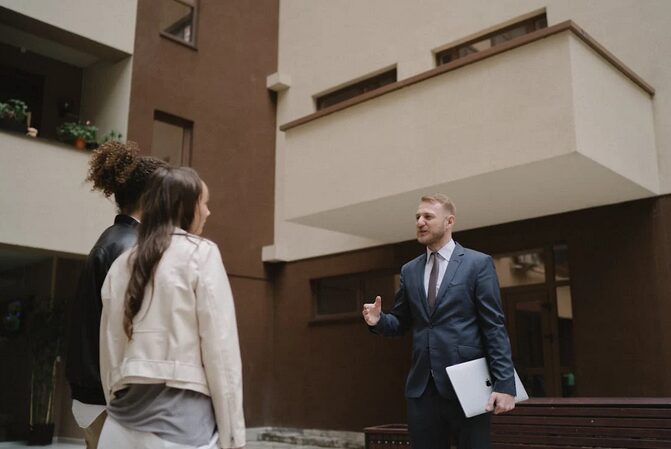
In today’s ever-shifting real estate market, where uncertainty looms like an uninvited guest, understanding the psychology of buyers has never been more critical. Imagine standing at the edge of a vast forest—each tree representing a potential buyer with unique desires, fears, and motivations. How do you navigate this tangled underbrush to connect with them? The key lies in harnessing psychological insights that can transform your approach from mere transactions into meaningful connections. Join us as we explore powerful strategies rooted in psychology that will help you not just survive but thrive in this strange real estate landscape.
First Impressions Happen Fast
Studies show people form an opinion about a space within seven seconds. That means your curb appeal and entryway need to bring their A-game. Clean up the yard, paint the front door a bold (but tasteful) color, and swap out that tired welcome mat. Inside, make sure the first thing buyers see is something visually pleasing—think fresh flowers, cozy lighting, or a stylish console table.
Pro Tip: A subtle scent like citrus or vanilla in the entryway can trigger a positive emotional response. Avoid overpowering scents or anything too artificial.
Use the IKEA Effect to Your Advantage
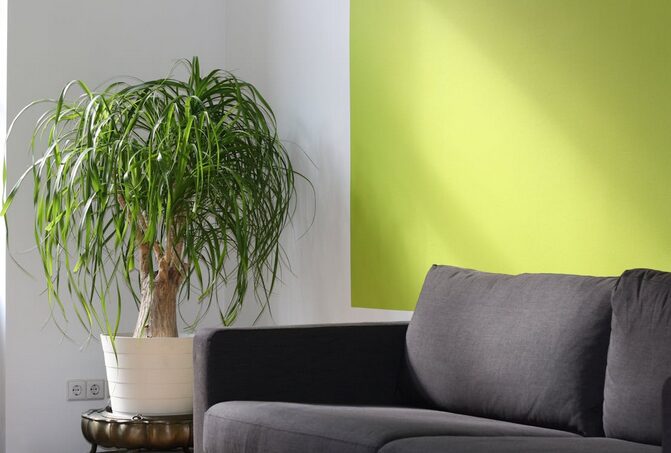
Ever built a bookcase and suddenly felt overly attached to it? That’s the IKEA Effect—people place more value on things they feel involved in. You can create this sensation for buyers by giving them a small role in imagining the home as theirs.
Leave a few staged “blank canvas” areas—an empty nook with a vision board that says “Your Dream Coffee Spot?” or a spare bedroom staged as a flex space. It plants the idea that they get to complete the story.
Mirror Their Lifestyle
Buyers want to see themselves living in your home. Use lifestyle staging to tell a story that matches your target market. Selling to young professionals? Set up a stylish home office with a latte on the desk. Got a family-friendly neighborhood? Stage the backyard with lawn games and a cozy firepit setup. People are more likely to make an emotional connection when they see their ideal lifestyle reflected in a space.
Anchor Their Expectations

Pricing psychology matters. When you list your home at a slightly odd number—say, $497,000 instead of $500,000—it can feel more precise and thought-out. It also sets a psychological anchor that makes any offers near it seem more reasonable.
If you’re getting lots of showings but no offers, don’t panic. Use that data to your advantage: “We’ve had 20 private showings in two weeks—people are loving the space!” This creates social proof and a subtle sense of scarcity.
Create a “Yes Ladder”
This one’s sneaky but effective. Start by highlighting a few small positives in the showing process: “Isn’t this natural light amazing?” or “You can totally picture hosting brunch here, right?” Each “yes” builds a little momentum. When it comes time to talk next steps, buyers are already in a “yes” mindset. Sounds simple, but it taps into a powerful psychological principle called consistency bias—we want our current decisions to align with our earlier thoughts and feelings.
In a weird market, strategy matters more than ever. Tapping into a buyer’s psychology isn’t manipulative—it’s smart marketing. By creating an emotional connection, mirroring lifestyle desires, and subtly guiding expectations, you can make your home the one they can’t stop thinking about.…


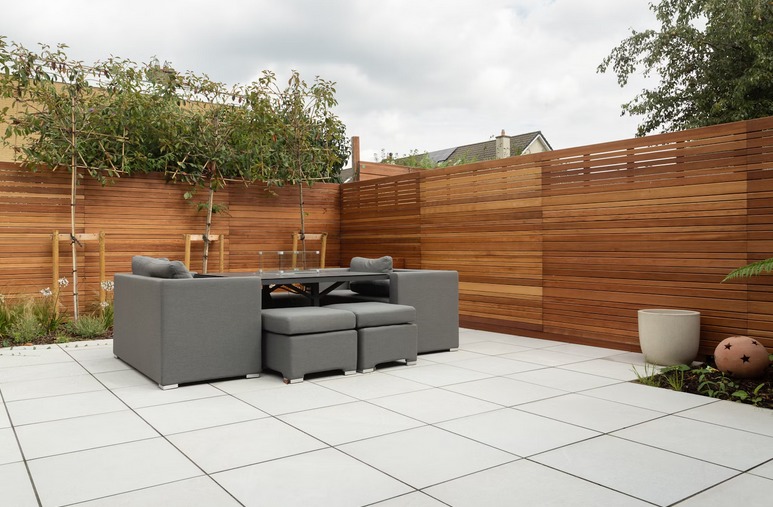

 Sealants basically act as a protective barrier, preventing water from seeping into the wood and causing damage over time. So, ensuring that you have quality sealants in place should be your first step. Before applying any sealant, it’s important to thoroughly clean and prepare the surface of your pergola. Once your pergola is clean and dry, choose a high-quality exterior-grade sealant that is specifically designed for outdoor use. Look for products that are water-resistant and UV-resistant and offer long-lasting protection against moisture.
Sealants basically act as a protective barrier, preventing water from seeping into the wood and causing damage over time. So, ensuring that you have quality sealants in place should be your first step. Before applying any sealant, it’s important to thoroughly clean and prepare the surface of your pergola. Once your pergola is clean and dry, choose a high-quality exterior-grade sealant that is specifically designed for outdoor use. Look for products that are water-resistant and UV-resistant and offer long-lasting protection against moisture. Without proper drainage, you run the risk of water pooling on the surface or seeping into the structure, causing damage over time. To prevent this from happening, consider installing gutters along the roofline of your pergola. These will help to collect rainwater and direct it away from the structure. Additionally, you can incorporate a downspout system to further channel water away from your pergola.
Without proper drainage, you run the risk of water pooling on the surface or seeping into the structure, causing damage over time. To prevent this from happening, consider installing gutters along the roofline of your pergola. These will help to collect rainwater and direct it away from the structure. Additionally, you can incorporate a downspout system to further channel water away from your pergola.

 A garden office pod can also increase the value of your property. It is a unique feature many homebuyers seek, especially in today’s remote work environment. If you ever decide to sell your home, having a garden office pod can make it more attractive to potential buyers.
A garden office pod can also increase the value of your property. It is a unique feature many homebuyers seek, especially in today’s remote work environment. If you ever decide to sell your home, having a garden office pod can make it more attractive to potential buyers.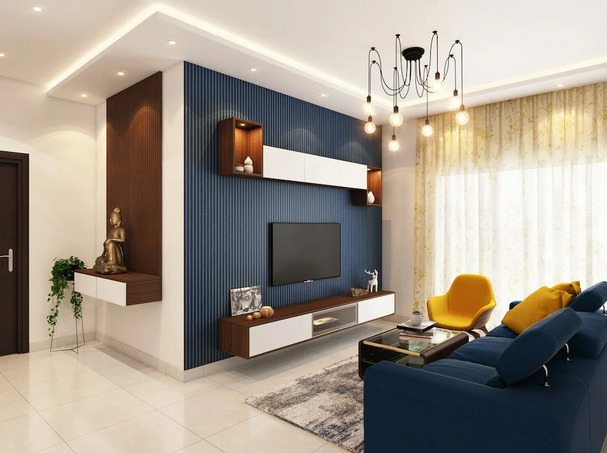
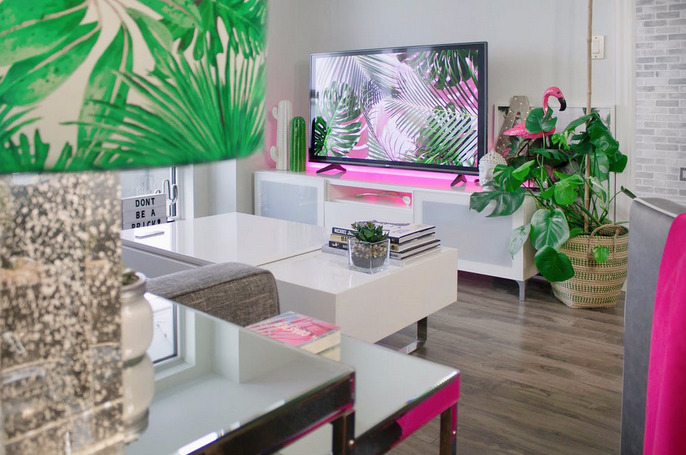
 The right lighting can make a huge difference in the way your home looks. Bring in light fixtures with interesting shapes and colors to add character to the room. You can also use lamps or even paper lanterns for an instant summer vibe. Lighting is an essential element when decorating your home for the summer. Natural light is great for adding brightness and warmth to any room. You can use LED lights or fairy lights to set the mood as well.
The right lighting can make a huge difference in the way your home looks. Bring in light fixtures with interesting shapes and colors to add character to the room. You can also use lamps or even paper lanterns for an instant summer vibe. Lighting is an essential element when decorating your home for the summer. Natural light is great for adding brightness and warmth to any room. You can use LED lights or fairy lights to set the mood as well.

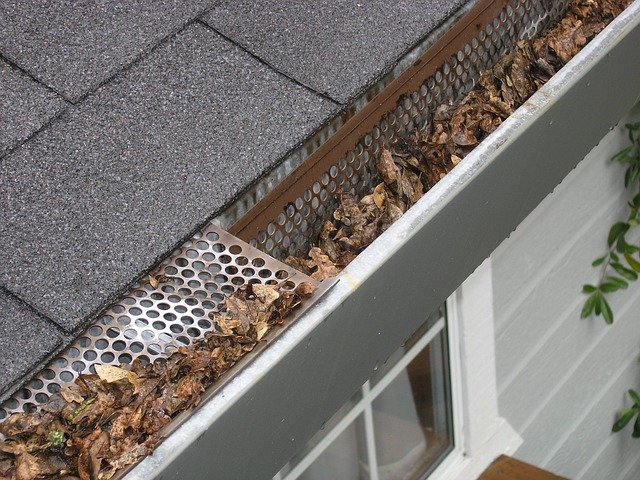
 In addition to all of the other benefits, hiring a professional gutter cleaning company can also improve your home’s curb appeal. Gutters that are full of leaves and debris can be an eyesore. But when they are clean and functioning correctly, they can add to the beauty of your home.
In addition to all of the other benefits, hiring a professional gutter cleaning company can also improve your home’s curb appeal. Gutters that are full of leaves and debris can be an eyesore. But when they are clean and functioning correctly, they can add to the beauty of your home.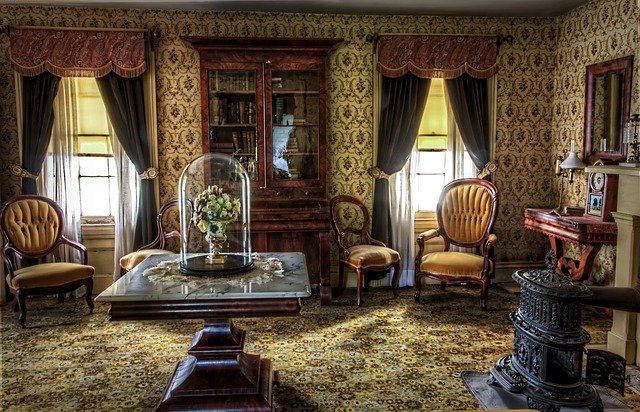
 Now, it’s time to look for your favorite antique furniture. However, before you start looking at Craigslist ads or scrolling through Instagram hashtags for your favorite furniture pieces, it’s essential to research the types of antiques available in different countries. Some places like India and Thailand may have many more vintage wood cupboards than other areas, but there is no guarantee on what will be available when you arrive.
Now, it’s time to look for your favorite antique furniture. However, before you start looking at Craigslist ads or scrolling through Instagram hashtags for your favorite furniture pieces, it’s essential to research the types of antiques available in different countries. Some places like India and Thailand may have many more vintage wood cupboards than other areas, but there is no guarantee on what will be available when you arrive. It’s also essential to think about the shipping service that you choose. You need to make sure and ask your shipping service if it has excellent shipping containers! The best shipping service always uses shipping containers to protect your furniture from any elements. You will be surprised at some of the stories people have shared with us about their experiences. One customer had a container filled with antiques, and there was no glass in any of the windows when they arrived! It is just one example, but it’s important to ask questions before making an order or contract for your furniture pieces.
It’s also essential to think about the shipping service that you choose. You need to make sure and ask your shipping service if it has excellent shipping containers! The best shipping service always uses shipping containers to protect your furniture from any elements. You will be surprised at some of the stories people have shared with us about their experiences. One customer had a container filled with antiques, and there was no glass in any of the windows when they arrived! It is just one example, but it’s important to ask questions before making an order or contract for your furniture pieces.
 It can be costly to repair and maintain the air conditioning units. When the temperatures change between summer and winter, the service providers also charge higher rates. It would be best if you considered the benefits that a company offers than the prices.
It can be costly to repair and maintain the air conditioning units. When the temperatures change between summer and winter, the service providers also charge higher rates. It would be best if you considered the benefits that a company offers than the prices. When you need the best technician for your AC system, it is essential to conduct thorough research. Since most companies have websites, use the internet to check the services a company offers.
When you need the best technician for your AC system, it is essential to conduct thorough research. Since most companies have websites, use the internet to check the services a company offers.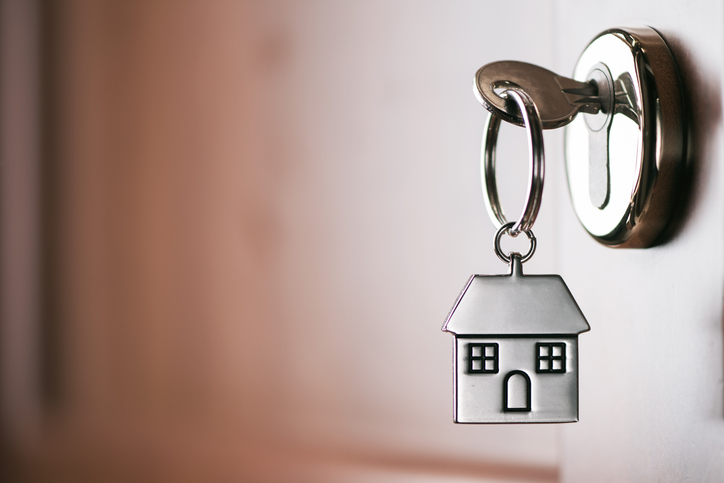
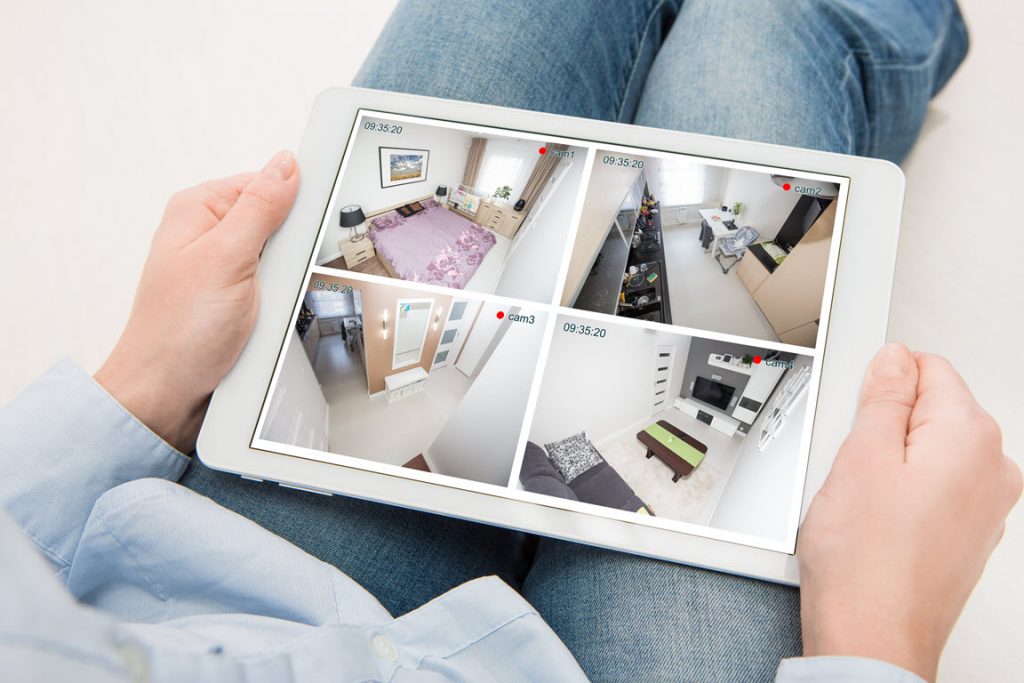
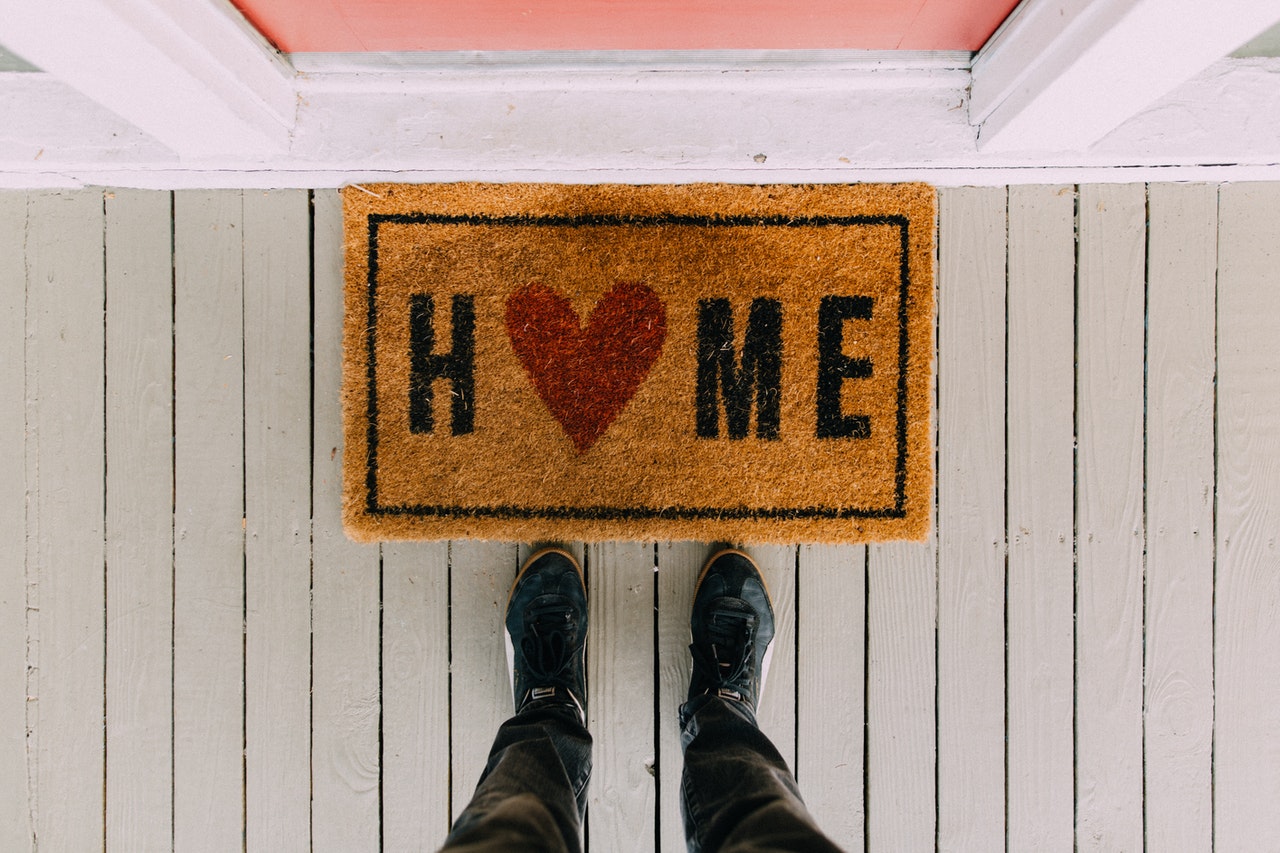
 If you have a very young or elderly individual staying in your home, the best thing you can do for them and yourself is creating and maintaining a safe living environment with little to no toxins. Children are likely to put random objects in their mouths, and with the ongoing coronavirus pandemic, such activities are risky to a child’s health.
If you have a very young or elderly individual staying in your home, the best thing you can do for them and yourself is creating and maintaining a safe living environment with little to no toxins. Children are likely to put random objects in their mouths, and with the ongoing coronavirus pandemic, such activities are risky to a child’s health. As long as your home remains neat and in order, moving around and performing activities at home become fast and less of a hassle. If you are handling DIY tasks, a clean living space makes it reliable for creating and finishing projects. After cleaning service, ensure that you organize things in their respective storage places to avoid losing or stepping on things that can potentially cause accidents.
As long as your home remains neat and in order, moving around and performing activities at home become fast and less of a hassle. If you are handling DIY tasks, a clean living space makes it reliable for creating and finishing projects. After cleaning service, ensure that you organize things in their respective storage places to avoid losing or stepping on things that can potentially cause accidents. This is the first thing you ought to consider before you decide to choose a drain cleaner. For instance, you may want one for clogged drains and prevent issues with choked drains. It is advisable to purchase a powerful drain cleaner if you want to clear out the clogged drain. You should get a mild drain cleaner for daily maintenance.
This is the first thing you ought to consider before you decide to choose a drain cleaner. For instance, you may want one for clogged drains and prevent issues with choked drains. It is advisable to purchase a powerful drain cleaner if you want to clear out the clogged drain. You should get a mild drain cleaner for daily maintenance. You should note that drain cleaners are quite expensive or even cheap depending on the type and brand you buy. However, an expensive one is not always the most effective. Also, a cheaper one does not mean that it cannot work. The most important thing is the efficient cleaning of the drains. You should not just purchase a drain cleaner because it is cheap. For daily maintenance, you should get one that goes for a medium price range.
You should note that drain cleaners are quite expensive or even cheap depending on the type and brand you buy. However, an expensive one is not always the most effective. Also, a cheaper one does not mean that it cannot work. The most important thing is the efficient cleaning of the drains. You should not just purchase a drain cleaner because it is cheap. For daily maintenance, you should get one that goes for a medium price range.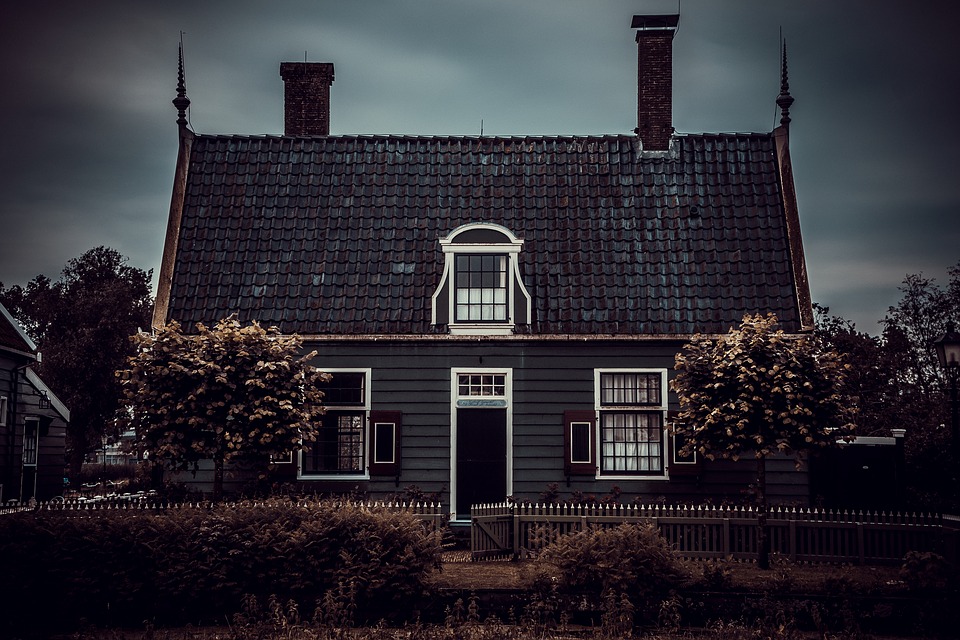


 The first step is to make sure that you serve your current clients well. Walk with your clients at each step of the way, and they will appreciate your effort. When looking for a mortgage for clients, you need to make sure that they are satisfied and all their questions are answered.
The first step is to make sure that you serve your current clients well. Walk with your clients at each step of the way, and they will appreciate your effort. When looking for a mortgage for clients, you need to make sure that they are satisfied and all their questions are answered.

 with the sale of different types of drones. There are highly-reputable vendors known to sell some of the best drones. Do your research to find out the best shops selling them. You also need to consider the different types they have in their stores. Finding a good shop will help you get the best.
with the sale of different types of drones. There are highly-reputable vendors known to sell some of the best drones. Do your research to find out the best shops selling them. You also need to consider the different types they have in their stores. Finding a good shop will help you get the best.
 Nowadays, there is a wide range of access panels on the market. Regardless of the purpose and need, you can find an access panel that can meet your needs. What do you want to accomplish with an access panel? By answering this question, you will have understood the purpose of the access panels. For instance, if you want one that will reduce the sounds of industrial systems, then you should choose a soundproof access panel. However, if your goal is to offer insulation or fireproof resistance, then you can get access panels that suit the same.
Nowadays, there is a wide range of access panels on the market. Regardless of the purpose and need, you can find an access panel that can meet your needs. What do you want to accomplish with an access panel? By answering this question, you will have understood the purpose of the access panels. For instance, if you want one that will reduce the sounds of industrial systems, then you should choose a soundproof access panel. However, if your goal is to offer insulation or fireproof resistance, then you can get access panels that suit the same. You should note that the cost of an access panel varies depending on the material and brand. It is quite easy to get access panels made of steel and aluminum. Moreover, they have extra features such as fire resistant and soundproofing. Ideally, the price dictates the quality of the door, brand, and reputation of the supplier. Thus, when you choose an access panel solely based on cost, then it means you are selecting a given brand. Nowadays, you can find a wide range of access panels at reasonable prices.
You should note that the cost of an access panel varies depending on the material and brand. It is quite easy to get access panels made of steel and aluminum. Moreover, they have extra features such as fire resistant and soundproofing. Ideally, the price dictates the quality of the door, brand, and reputation of the supplier. Thus, when you choose an access panel solely based on cost, then it means you are selecting a given brand. Nowadays, you can find a wide range of access panels at reasonable prices.
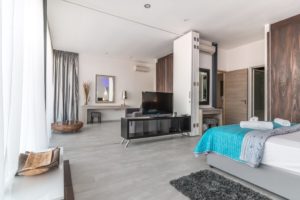 You probably get impressed by the shiny floors that grace high-end establishments and wish that you had the financial means to attain the same flooring standards for your house. This could be five-star hotels or federal buildings with exotic floors made of marble, travertine or imported granite stones. What you may have never realized as you stand there admiring these floors is that you can achieve the same elegant outlook by giving the ordinary stained concrete a tinge of creativity.
You probably get impressed by the shiny floors that grace high-end establishments and wish that you had the financial means to attain the same flooring standards for your house. This could be five-star hotels or federal buildings with exotic floors made of marble, travertine or imported granite stones. What you may have never realized as you stand there admiring these floors is that you can achieve the same elegant outlook by giving the ordinary stained concrete a tinge of creativity. You spend less money per square foot when you pick the stained concrete options. The difference can be huge as many flooring experts will tell you that you are likely to get a beautiful concrete flooring job done at a laughable price. In essence, you will save tons of cash per square foot beside the fact that you spend less on repairs and maintenance. This is the floor to get if you have children and pets that are into in-house games that incorporate scratching and kicking things around. On average, stained concrete can last for over a decade without needing a retouch of any kind.
You spend less money per square foot when you pick the stained concrete options. The difference can be huge as many flooring experts will tell you that you are likely to get a beautiful concrete flooring job done at a laughable price. In essence, you will save tons of cash per square foot beside the fact that you spend less on repairs and maintenance. This is the floor to get if you have children and pets that are into in-house games that incorporate scratching and kicking things around. On average, stained concrete can last for over a decade without needing a retouch of any kind.


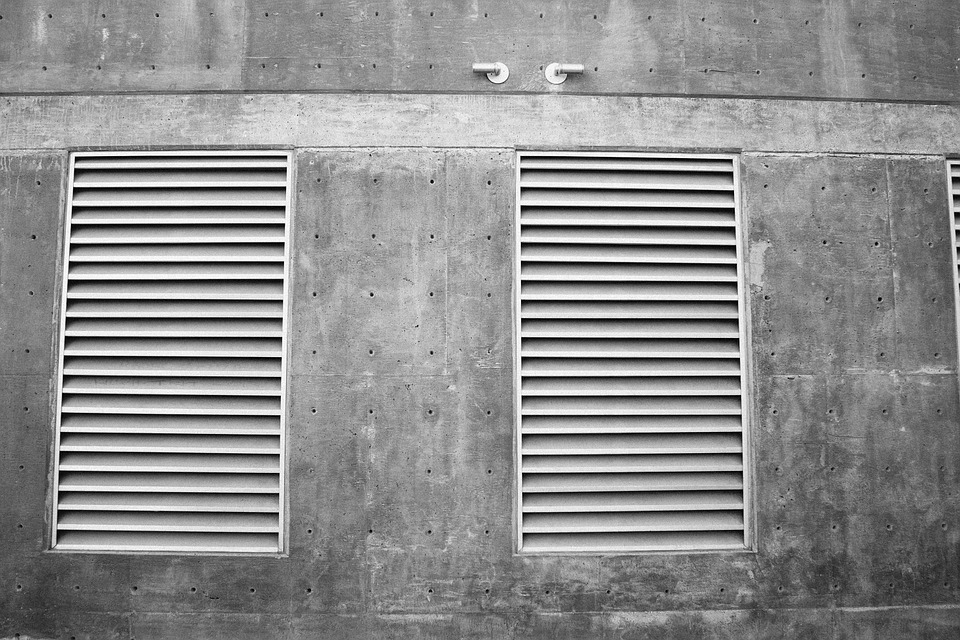
 Protect Certain Installments
Protect Certain Installments An Alternative Safety Box
An Alternative Safety Box
 Removal of trees more especially the large trees requires a professional tree removal service. Also, this kind of job requires some essential tools to do this work. Therefore, you need to be familiar with these tools. If you are not, you might injure or harm yourself. That is why it is advisable to consider choosing a tree service removal that has enough practice and experience.
Removal of trees more especially the large trees requires a professional tree removal service. Also, this kind of job requires some essential tools to do this work. Therefore, you need to be familiar with these tools. If you are not, you might injure or harm yourself. That is why it is advisable to consider choosing a tree service removal that has enough practice and experience.
 To ensure you get only the best rendering possible, you have to choose qualified professionals. You should hire experts that have experience with rendering various types of properties. Moreover, you need to ensure that the professionals have appropriate equipment and offer the right options for rendering. In this way, you can get results you want when you want to get the best appearance of the property. The following are some of the important things to look for:
To ensure you get only the best rendering possible, you have to choose qualified professionals. You should hire experts that have experience with rendering various types of properties. Moreover, you need to ensure that the professionals have appropriate equipment and offer the right options for rendering. In this way, you can get results you want when you want to get the best appearance of the property. The following are some of the important things to look for: When rendering the house, the professionals you hire should have appropriate equipment to carry out the job. This not only means that you can have the job done in the right manner, but it can be done faster. Therefore, you should look for a company with the right equipment to prepare the surface and equipment for applying the rendering. This is quite helpful in ensuring the property is rendered in short period without compromising the quality.
When rendering the house, the professionals you hire should have appropriate equipment to carry out the job. This not only means that you can have the job done in the right manner, but it can be done faster. Therefore, you should look for a company with the right equipment to prepare the surface and equipment for applying the rendering. This is quite helpful in ensuring the property is rendered in short period without compromising the quality.
 Rising Costs
Rising Costs Loud Sounds
Loud Sounds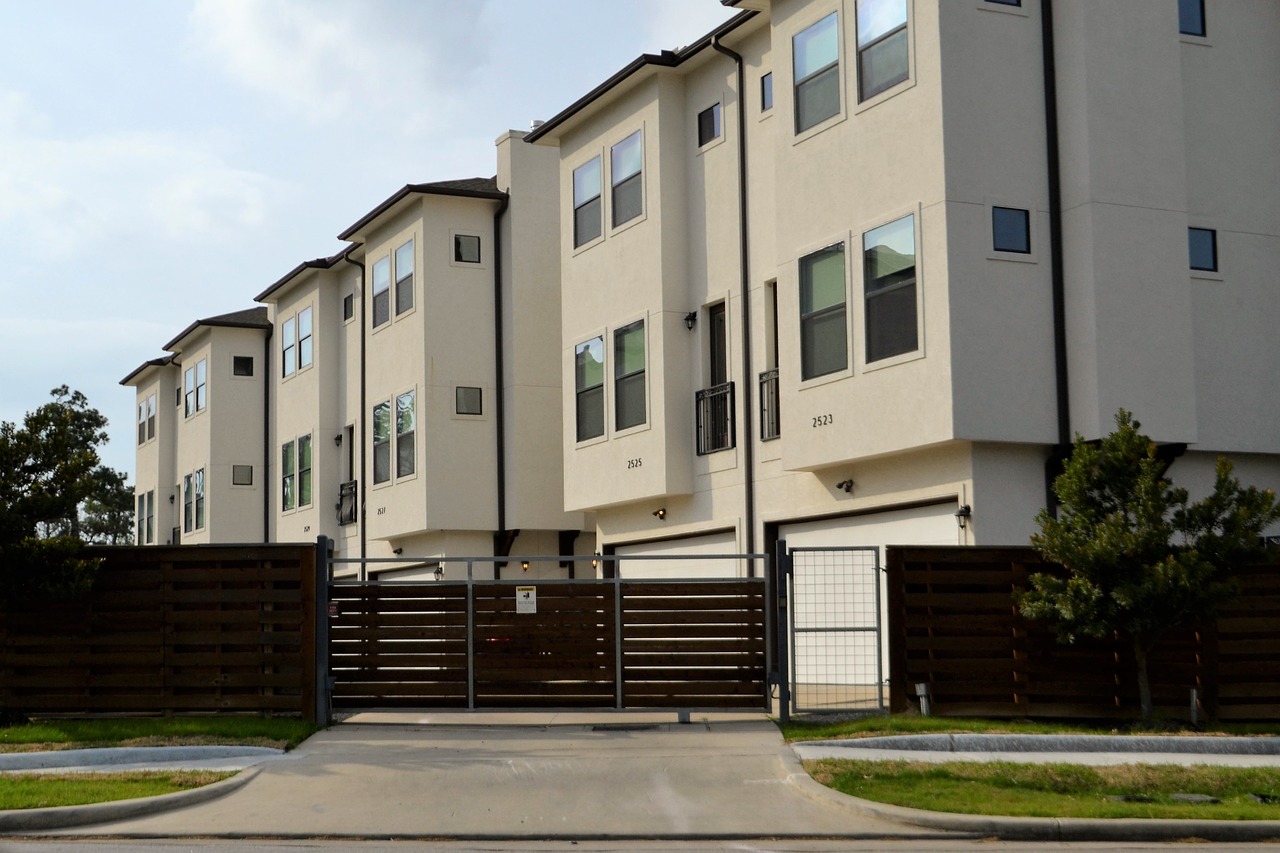
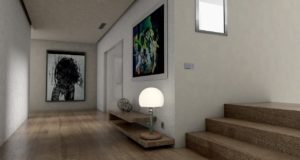 Various people have different likes and preferences. Therefore, when you are looking for an apartment to rent, it is essential to go for one that suits your preferences. Also, make sure that you can identify your stuff. For instance, if you own a car, ensure that you pick an apartment that has enough parking space. This will help you to park your car, and you will be assured that your vehicle is safe. Therefore, know your needs before you go to look for a house to rent.
Various people have different likes and preferences. Therefore, when you are looking for an apartment to rent, it is essential to go for one that suits your preferences. Also, make sure that you can identify your stuff. For instance, if you own a car, ensure that you pick an apartment that has enough parking space. This will help you to park your car, and you will be assured that your vehicle is safe. Therefore, know your needs before you go to look for a house to rent. You need to gauge your financial status when you are looking for an apartment to rent. But it is advisable to pick an apartment that is not expensive. Choose one that you can quickly pay for and ensure that it has the best amenities that you need.…
You need to gauge your financial status when you are looking for an apartment to rent. But it is advisable to pick an apartment that is not expensive. Choose one that you can quickly pay for and ensure that it has the best amenities that you need.…
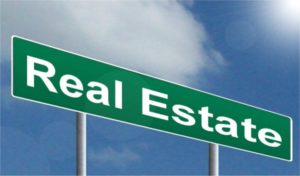
 Getting to understand what the current trends in real estate is important for you when running a real estate business. For you to understand the ideas, then you will need a real estate virtual assistant. He or she will perform the task on going out to other properties and seeing what is new that you can update in your business. The research will help you be at the same level with your competitors.
Getting to understand what the current trends in real estate is important for you when running a real estate business. For you to understand the ideas, then you will need a real estate virtual assistant. He or she will perform the task on going out to other properties and seeing what is new that you can update in your business. The research will help you be at the same level with your competitors.
 Part of lawn maintenance involves proper mowing. First, you need to mow your lawn at a proper height. In most instances, the mowing height depends on the grass species. You also need to be mowing regularly. Most professionals recommend regular mowing such that you will never cut off more than 1/3 of the height.
Part of lawn maintenance involves proper mowing. First, you need to mow your lawn at a proper height. In most instances, the mowing height depends on the grass species. You also need to be mowing regularly. Most professionals recommend regular mowing such that you will never cut off more than 1/3 of the height.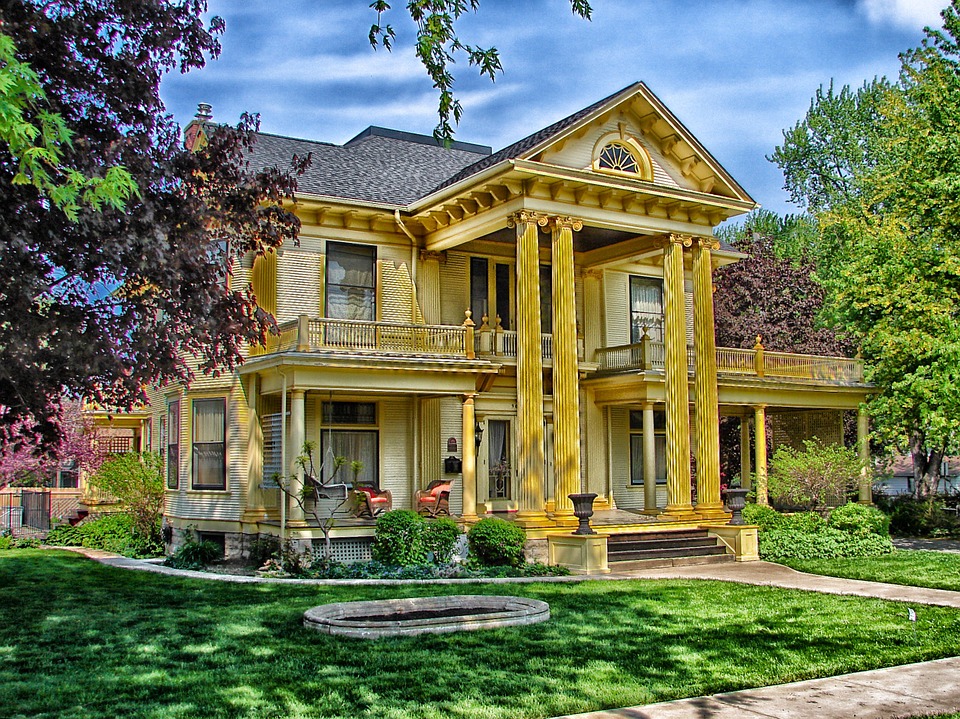
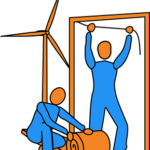 warmer in cold conditions like winter and will conversely keep your home cool when it’s hot and in particular during summer. This will effectively reduce the energy bills incurred during such regulation. In essence, all utility and heating expenses are thoroughly negated. In order to enjoy such benefits, it is recommended that you hire a professional, experienced and reliable company to oversee the installation of the insulation system. Insulation companies have blossomed over the past decade due to climate change. This has made it difficult to isolate the best companies form those that are mediocre in terms of service delivery.
warmer in cold conditions like winter and will conversely keep your home cool when it’s hot and in particular during summer. This will effectively reduce the energy bills incurred during such regulation. In essence, all utility and heating expenses are thoroughly negated. In order to enjoy such benefits, it is recommended that you hire a professional, experienced and reliable company to oversee the installation of the insulation system. Insulation companies have blossomed over the past decade due to climate change. This has made it difficult to isolate the best companies form those that are mediocre in terms of service delivery.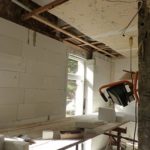 Reputation is earned and this is thumbprint rule in the selection of an ideal insulation company. In this regard, you can check their online reviews and customer feedback. On their website, you should endeavor to go through comments left by previous clients.
Reputation is earned and this is thumbprint rule in the selection of an ideal insulation company. In this regard, you can check their online reviews and customer feedback. On their website, you should endeavor to go through comments left by previous clients.

 One may also need to consider other features like having a lawn mower that has a grass collector. This collects grass as one is mowing making it easier to clean. Another feature is a mulching mower that recuts the lawn clippings into small pieces which it blows back to the lawn as mulch.…
One may also need to consider other features like having a lawn mower that has a grass collector. This collects grass as one is mowing making it easier to clean. Another feature is a mulching mower that recuts the lawn clippings into small pieces which it blows back to the lawn as mulch.…
 installed it can last for up to ten years. Compared to up to other flooring options like linoleum, ceramic tiles and vinyl flooring the polished floor is very sustainable.
installed it can last for up to ten years. Compared to up to other flooring options like linoleum, ceramic tiles and vinyl flooring the polished floor is very sustainable. The polished floors are very protective such that they do not allow the occurrence of stains. It is for this reason that the polished concrete floors are very suitable for residential houses, commercial spaces or warehouses. The floor does not leave any scratches or tire marks.
The polished floors are very protective such that they do not allow the occurrence of stains. It is for this reason that the polished concrete floors are very suitable for residential houses, commercial spaces or warehouses. The floor does not leave any scratches or tire marks.
 pe, back pack and movable wheeled leaf blowers. The hand held type is the most popular and is used by being held in the hand. They are usually lighter to carry and some come with a vacuuming option that also enables one to mulch the leaves. The backpack leave blowers are bulkier and more powerful as compared to the hand held ones. They are strapped on the back and are also easier to carry for the weight is well distributed. Finally, we have the movable wheeled leaf blowers, this is the heaviest of the three and is used in yards and fields that are big. They also have more power.
pe, back pack and movable wheeled leaf blowers. The hand held type is the most popular and is used by being held in the hand. They are usually lighter to carry and some come with a vacuuming option that also enables one to mulch the leaves. The backpack leave blowers are bulkier and more powerful as compared to the hand held ones. They are strapped on the back and are also easier to carry for the weight is well distributed. Finally, we have the movable wheeled leaf blowers, this is the heaviest of the three and is used in yards and fields that are big. They also have more power.




 Home carpet cleaning becomes easier if you hire an expert to clean it at least once annually. Also, maintaining such carpets becomes an easy task. Thus, if you wish to have your carpet look great all year round then make a point of hiring these professionals.
Home carpet cleaning becomes easier if you hire an expert to clean it at least once annually. Also, maintaining such carpets becomes an easy task. Thus, if you wish to have your carpet look great all year round then make a point of hiring these professionals.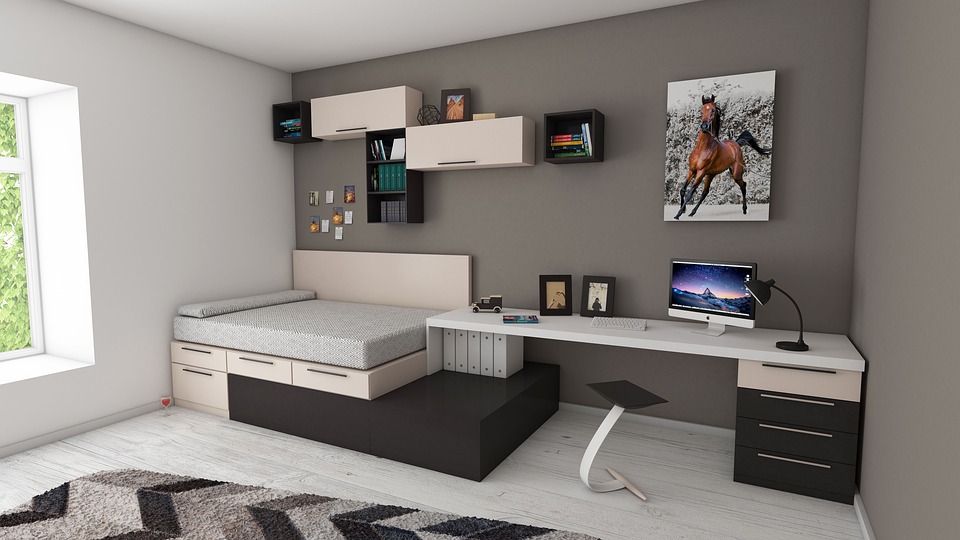
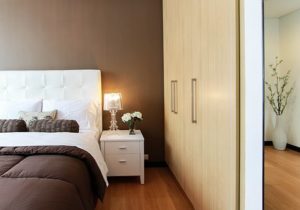
 Considering dimensions is a really important factor when buying furniture. The furniture you are going to select should be arranged in a manner that they are not forced but instead should fit and also leave room for walking around in the bedroom. The bedroom should not feel cramped. When going shopping, it is important to measure your staircases and doorways to ensure the furniture fits through when taking it to the bedroom. By so doing you will avoid the stress of buying furniture that does not pass through your doors.
Considering dimensions is a really important factor when buying furniture. The furniture you are going to select should be arranged in a manner that they are not forced but instead should fit and also leave room for walking around in the bedroom. The bedroom should not feel cramped. When going shopping, it is important to measure your staircases and doorways to ensure the furniture fits through when taking it to the bedroom. By so doing you will avoid the stress of buying furniture that does not pass through your doors.

 In most cases, small living rooms with a lot of furniture tend to become drop zones for clutter. A small living room does not need to fit all the furniture you want. At times you will need to adjust by selecting the most important furniture. Through this, you will be reducing clutter and also increasing your floor space. When decorating, first position your sofa then add any other furniture that you wish to add until you have a preferred layout.
In most cases, small living rooms with a lot of furniture tend to become drop zones for clutter. A small living room does not need to fit all the furniture you want. At times you will need to adjust by selecting the most important furniture. Through this, you will be reducing clutter and also increasing your floor space. When decorating, first position your sofa then add any other furniture that you wish to add until you have a preferred layout.
